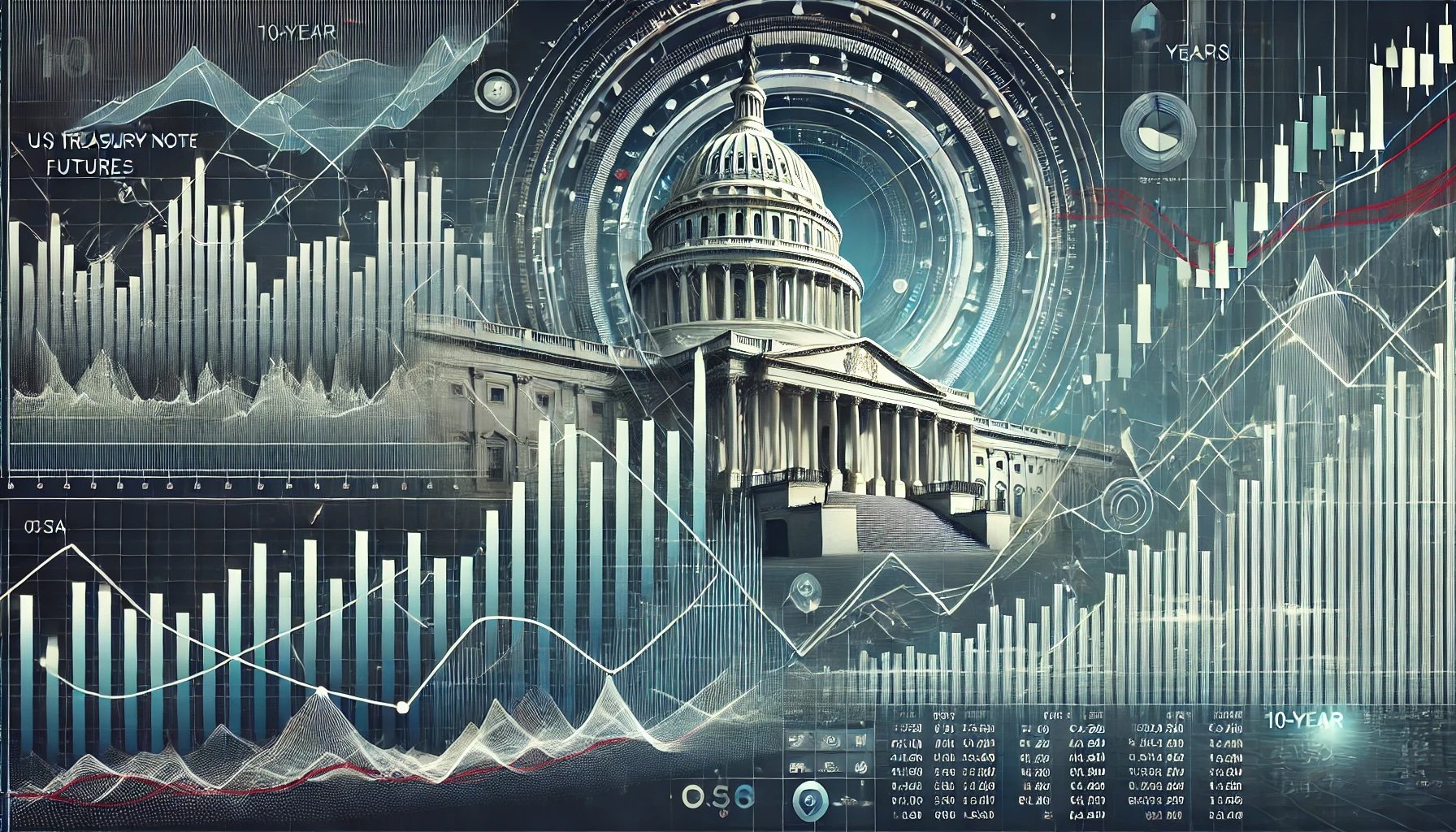
10 Year US Treasury Note Futures
A Comprehensive Overview of the ZTN Future Contract: History and Evolution
The ZTN future contract, representing the 10-Year U.S. Treasury Note futures, is an essential component of the fixed-income market and serves as a key indicator for long-term interest rate trends. The contract allows market participants to hedge against or speculate on changes in interest rates and the performance of U.S. government debt. The ZTN contract’s history and continued importance reflect its role in shaping investment strategies and risk management practices in the financial world.
Origins and Initial Development
The trading of U.S. Treasury futures began in the late 1970s as the financial markets sought more effective ways to manage interest rate risks amid a period of high inflation and economic instability. The introduction of the 10-Year U.S. Treasury Note futures provided a standardized, transparent method for participants to manage exposure to changes in medium-term interest rates. The Chicago Board of Trade (CBOT), now part of the CME Group, was instrumental in developing these futures contracts to meet the growing demand for efficient risk management tools.
Introduction of the ZTN Future Contract
The 10-Year U.S. Treasury Note futures contract, commonly referred to by its ticker symbol ZTN, was developed to track the performance and yield of the U.S. government’s 10-year debt instruments. This note is considered a benchmark for medium-term interest rates and serves as a critical gauge for overall economic conditions, including inflation expectations and monetary policy.
The ZTN contract was designed to represent $100,000 in face value of 10-year Treasury notes, with each contract quoted in terms of 32nds of a point. The smallest price increment is 1/32nd, equivalent to $31.25, allowing for precise tracking of interest rate changes and price movements.
Key Features and Structure
The ZTN future contract’s design ensures that it is highly liquid, appealing to a broad range of market participants, including institutional investors, hedge funds, and individual traders. Its size and standardized nature make it a go-to instrument for hedging portfolios, speculating on rate movements, and implementing sophisticated fixed-income strategies.
The price of the ZTN contract is influenced by various economic factors, including Federal Reserve policy decisions, economic data releases, inflation rates, and geopolitical events. These factors contribute to the contract’s responsiveness and its ability to serve as a reliable tool for assessing market sentiment.
Growth and Market Adoption
The popularity of the ZTN future contract has grown steadily over the decades due to its ability to provide efficient exposure to changes in U.S. interest rates. The contract gained significant traction during periods of economic turbulence, such as the 1980s’ high inflation period, the 2008 global financial crisis, and more recently, during the COVID-19 pandemic. Each of these periods highlighted the contract’s importance as a means of managing risk and navigating volatile interest rate environments.
The ZTN contract’s appeal is enhanced by its use as a benchmark for mortgage rates, corporate borrowing costs, and other debt instruments, making it integral to the broader financial system.
Role in Hedging and Speculation
The ZTN future contract is widely used for hedging by financial institutions, pension funds, and corporations that need to manage their interest rate exposure. For instance, a company issuing long-term bonds may use the ZTN contract to hedge against potential increases in interest rates that could raise the cost of borrowing.
Speculators, including traders and hedge funds, leverage the ZTN future contract to capitalize on anticipated shifts in interest rates. These participants often rely on economic data, Federal Reserve announcements, and macroeconomic forecasts to inform their trading strategies. The ZTN’s price sensitivity to such data releases makes it a critical part of the toolkit for those employing interest rate arbitrage or directional trading strategies.
Technological Advancements and Accessibility
The transition to electronic trading platforms such as CME’s Globex has played a pivotal role in enhancing the accessibility and efficiency of trading ZTN futures. The shift from open-outcry trading to electronic platforms in the 1990s and 2000s democratized access to the contract, allowing participants around the world to engage in the market with real-time data and rapid execution.
This advancement has also facilitated algorithmic trading and other automated strategies, contributing to higher trading volumes and improved liquidity.
Performance Through Economic Cycles
The ZTN future contract’s performance over time reflects its resilience and adaptability across various economic cycles. During periods of rising interest rates, the contract often experiences increased trading activity as participants seek to hedge against rate hikes. Conversely, in economic downturns, the contract can signal shifts in market expectations as rates decline and investors seek the safety of government bonds.
Notable examples include the surge in activity during the 2008 financial crisis, when the Federal Reserve implemented aggressive interest rate cuts, and the significant trading volumes seen during the COVID-19 pandemic, as unprecedented monetary stimulus was introduced.
Current Status and Future Prospects
Today, the ZTN future contract remains a critical tool in the fixed-income and broader financial markets. Its ability to reflect market sentiment and provide a transparent, standardized way to trade 10-year Treasury notes ensures its continued relevance. As the financial landscape evolves with new monetary policies and global economic challenges, the ZTN contract is expected to maintain its position as a vital instrument for hedging, speculation, and investment.
Conclusion The history of the ZTN future contract is a testament to its significance in the world of finance. From its development in response to the economic needs of the late 20th century to its current role as a highly traded instrument, the ZTN contract has proven its value in managing interest rate risks and facilitating investment strategies. Its enduring importance reflects the contract’s ability to adapt to changing economic conditions and technological advancements, making it a cornerstone of fixed-income trading.